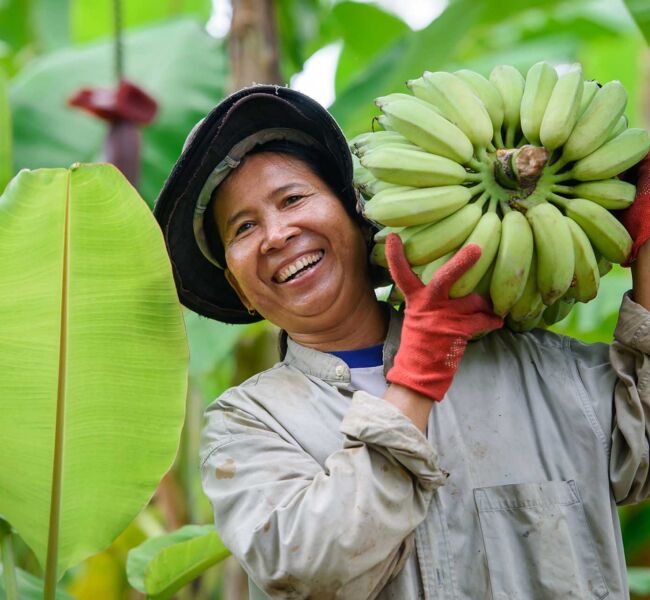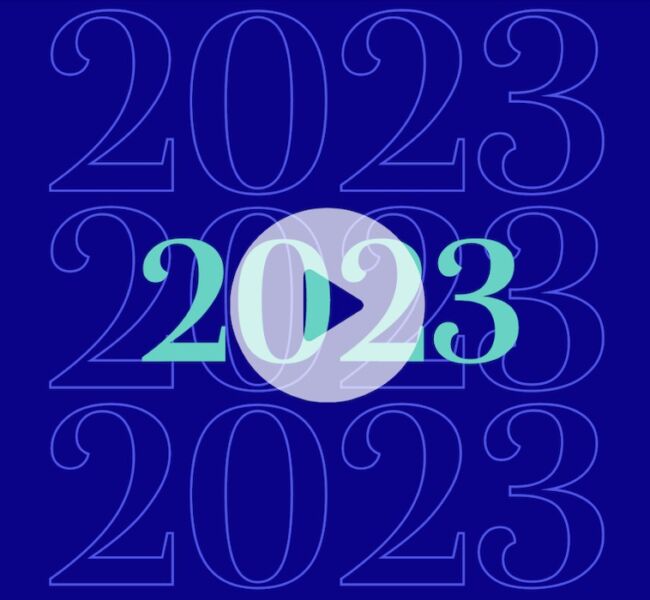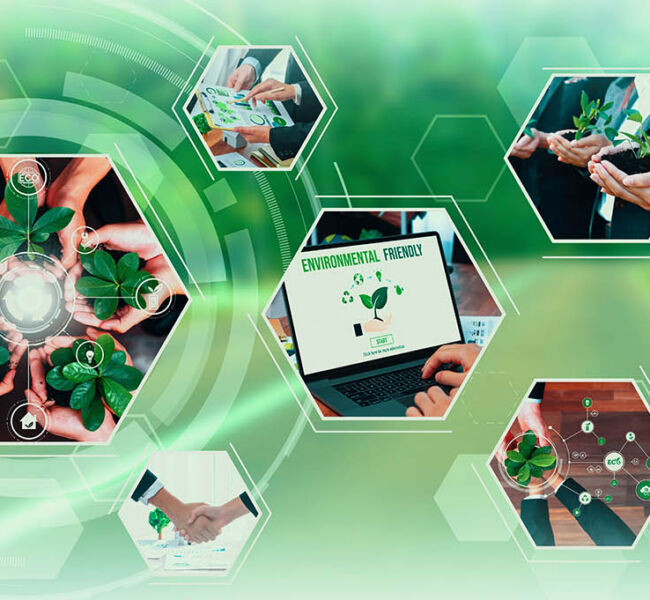The demand for carbon offsets is rising in Asia as more companies seek to accelerate their decarbonisation efforts. By buying carbon credits from certified carbon offset projects, companies can compensate for their carbon emissions that were released elsewhere in their operations.
We invited Jacelyn Tan, Climate Action Project Manager at Olam to present a Lunch and Learn about carbon projects and carbon credits. Here are three interesting facts that we learned from Jacelyn’s session:
- The first carbon credits were issued under the United Nations’ Clean Development Mechanism (CDM) in 2004. Since then, over 9,000 CDM projects have been registered and 2 billion carbon credits generated.
- Carbon credits have funded innovative projects around the world like the Jari Pará Forest Conservation Project in Brazil, which protects over 496,000 hectares of rainforest and supports the livelihoods of indigenous communities. However, land tenure can prove to be challenging in this type of carbon project because the ownership and use of land are often unclear or disputed, particularly in developing countries where many carbon projects are located.
- Carbon projects can generate social, environmental, and economic benefits, such as job creation, improved access to clean energy, and biodiversity conservation. Benefit sharing mechanisms are designed to ensure that these benefits are distributed fairly and equitably among all stakeholders, particularly those who may be most affected by the project. However, benefit sharing schemes depend on the project facilitator and are not automatically granted.





